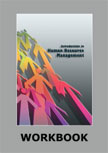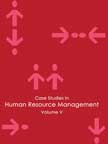IKEA's Innovative Human Resource Management Practices and Work Culture |
ICMR HOME | Case Studies Collection Please note: This case study was compiled from published sources, and is intended to be used as a basis for class discussion. It is not intended to illustrate either effective or ineffective handling of a management situation. Nor is it a primary information source. |
||||
Best Employer Contd...
Calculating the true value of IKEA was made more difficult by its complicated ownership structure consisting of several holding companies and subsidiaries (Refer Exhibit I for IKEA's ownership structure). IKEA expanded using the franchisee model. BackgroundKamprad was a born businessman. As a young boy, he started a business selling matches to neighbors on his bicycle. He bought the matches cheaply in bulk and sold them at low prices, making a tidy profit. He reinvested his profit in the business and soon diversified into selling a variety of articles including Christmas decorations, stationery items, fish, and seeds.
In 1947, furniture was introduced for the first time in
IKEA's product line in the form of armchairs. Craftsmen from around Kamprad's
village made the furniture using wood from a nearby forest. 4] In the background note, 'IKEA' refers to the original Swedish company. However, in the rest of the case study, it refers to IKEANorth America. |
Case Studies Links:-
Case Studies,
Short Case Studies,
Simplified Case Studies.
Other Case Studies:-
Multimedia Case Studies,
Cases in Other Languages.
Business Reports Link:-
Business Reports.
Books:-
Textbooks,
Workbooks,
Case Study Volumes.



